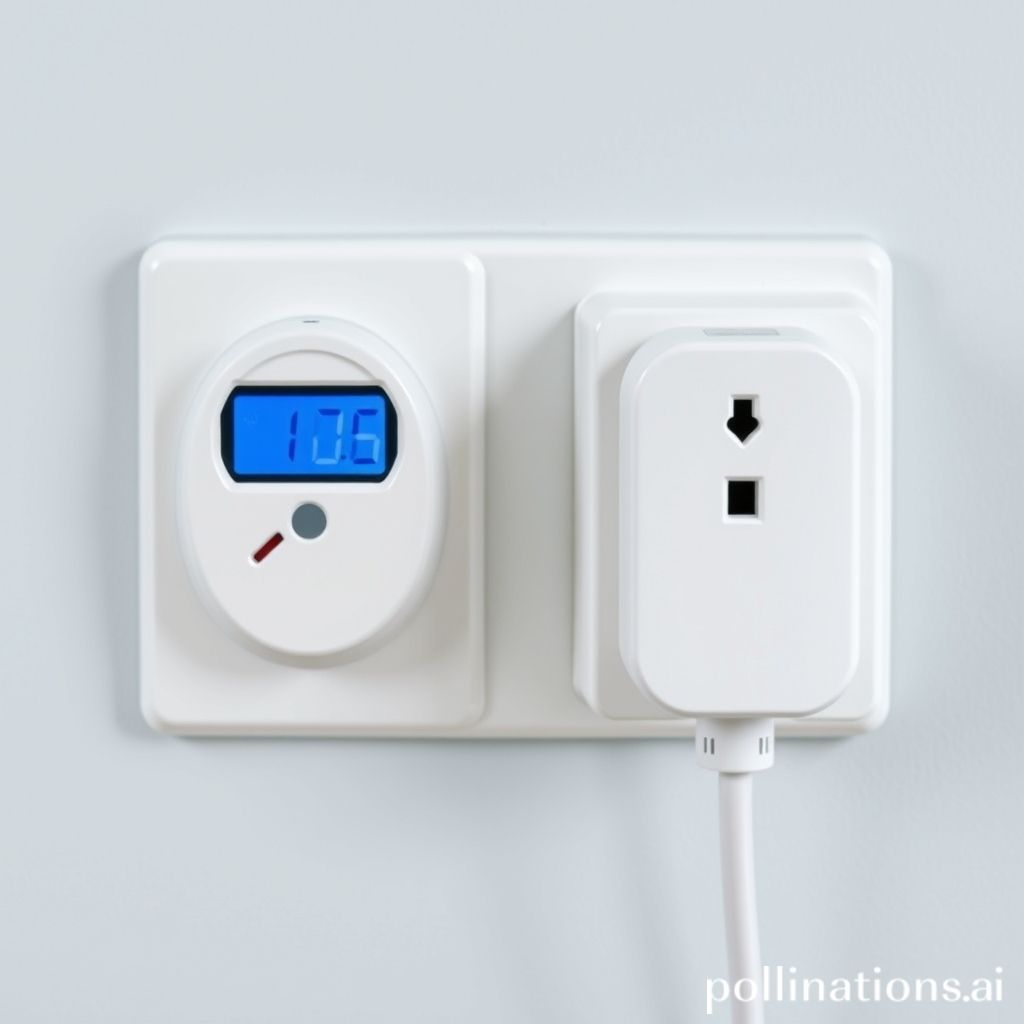Smart plugs have revolutionized home automation, offering convenient control over appliances and electronics. But when choosing a smart plug, you’ll encounter options with and without energy monitoring. Is the extra cost of energy monitoring justified? This article delves into a feature and benefit comparison to help you decide which type of smart plug best suits your needs and budget, allowing you to make an informed decision.
Understanding the Core Functionality: Smart Plug Basics
At their core, both types of smart plugs offer the same fundamental function: remotely controlling devices plugged into them. This control is typically achieved through a smartphone app or voice assistants like Amazon Alexa or Google Assistant. You can turn devices on or off from anywhere with an internet connection, schedule on/off times for energy savings and security (simulating occupancy when you’re away), and integrate them into broader smart home ecosystems. The real difference lies in the additional insights provided by energy monitoring.
Energy Monitoring Capabilities: What You Get for the Extra Cost
Smart plugs with energy monitoring provide real-time and historical data on the energy consumption of the connected device. This includes metrics like wattage, voltage, and kilowatt-hours (kWh) used over time. The data is usually presented in the smart plug’s app, often with charts and graphs that visualize energy usage patterns. Benefits include:
- Identifying Energy Vampires: Discover devices that consume significant power even when seemingly off (phantom load).
- Tracking Energy Consumption: Monitor how much energy specific appliances use, helping you identify areas to reduce consumption.
- Estimating Energy Costs: Calculate the cost of running a device over a specific period based on your electricity rate.
- Data-Driven Decisions: Make informed decisions about replacing inefficient appliances or modifying usage habits.
This detailed energy information empowers you to take proactive steps towards lowering your electricity bill and reducing your carbon footprint.
Weighing the Pros and Cons: Feature and Benefit Matrix
To help visualize the differences, here’s a feature and benefit comparison table:
Smart Plugs WITHOUT Energy Monitoring
- Features: Remote control (on/off), scheduling, voice assistant integration, timer function.
- Benefits: Lower initial cost, basic automation capabilities, convenient control of devices.
- Cons: No insights into energy consumption, limited potential for energy savings beyond scheduling.
Smart Plugs WITH Energy Monitoring
- Features: All features of standard smart plugs PLUS real-time energy monitoring, historical energy data, energy cost estimation.
- Benefits: Comprehensive insights into energy usage, data-driven energy savings, ability to identify and eliminate energy waste.
- Cons: Higher initial cost, potential for data overload if not used effectively.
Consider your personal goals and needs. If you’re simply looking for basic remote control and scheduling, standard smart plugs are a cost-effective option. However, if you’re serious about understanding and reducing your energy consumption, the extra cost of energy monitoring is likely justified.
Use Cases and Scenarios: Where Energy Monitoring Shines
The value of energy monitoring becomes particularly apparent in specific scenarios:
- Home Office: Track the energy consumption of computers, monitors, and other office equipment to identify opportunities for savings.
- Entertainment Center: Monitor the power draw of TVs, gaming consoles, and streaming devices, especially standby power consumption.
- Appliances: Analyze the energy usage of refrigerators, washing machines, and dryers to determine if they are operating efficiently or need replacement.
- Rental Properties: Provide tenants with insights into their energy consumption, promoting responsible usage.
By identifying energy-hungry devices and usage patterns, you can make targeted changes to maximize energy savings and reduce your utility bills.
Ultimately, choosing between smart plugs with and without energy monitoring depends on your priorities. Standard smart plugs offer basic automation at a lower price, while energy-monitoring plugs provide detailed insights into energy consumption. If you’re committed to energy conservation and willing to invest in understanding your usage patterns, the added cost is worthwhile. Analyze your needs and budget to make the most informed choice.

